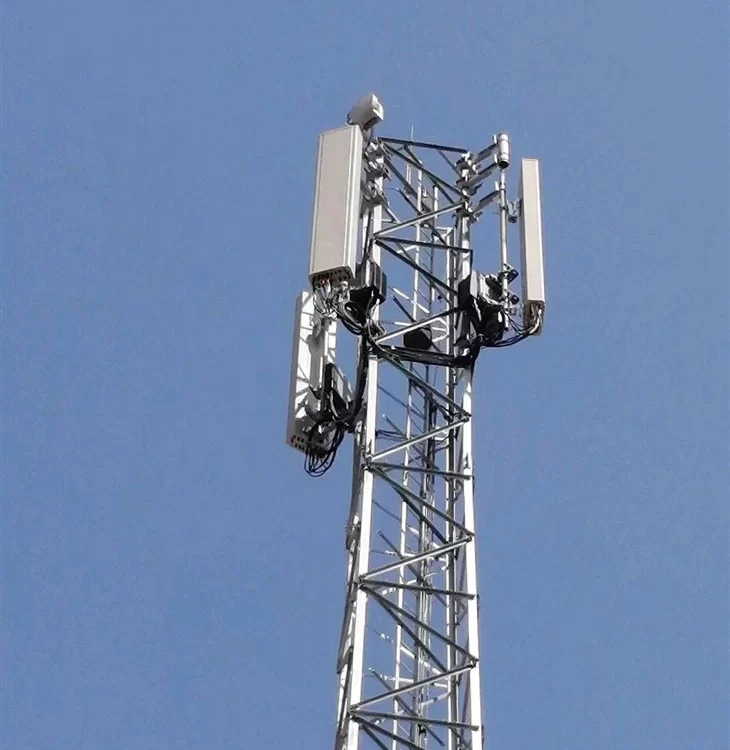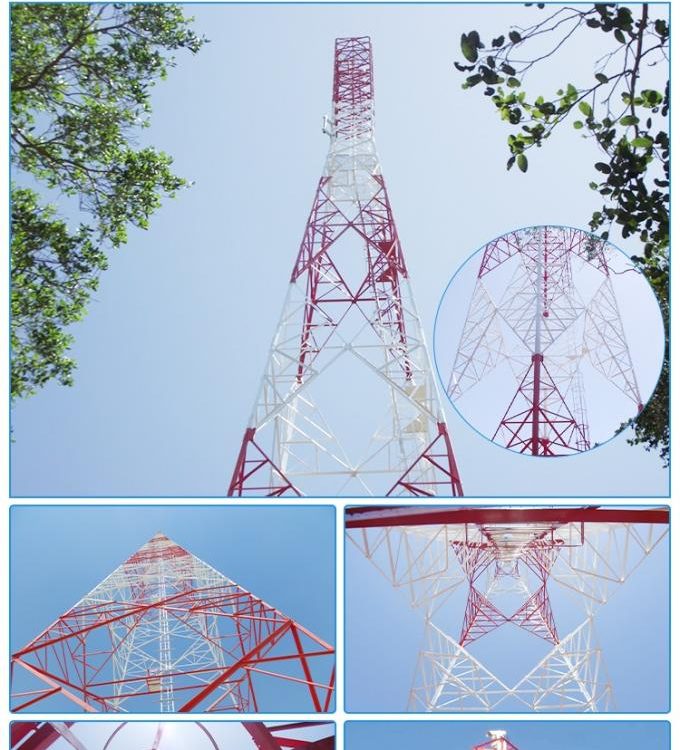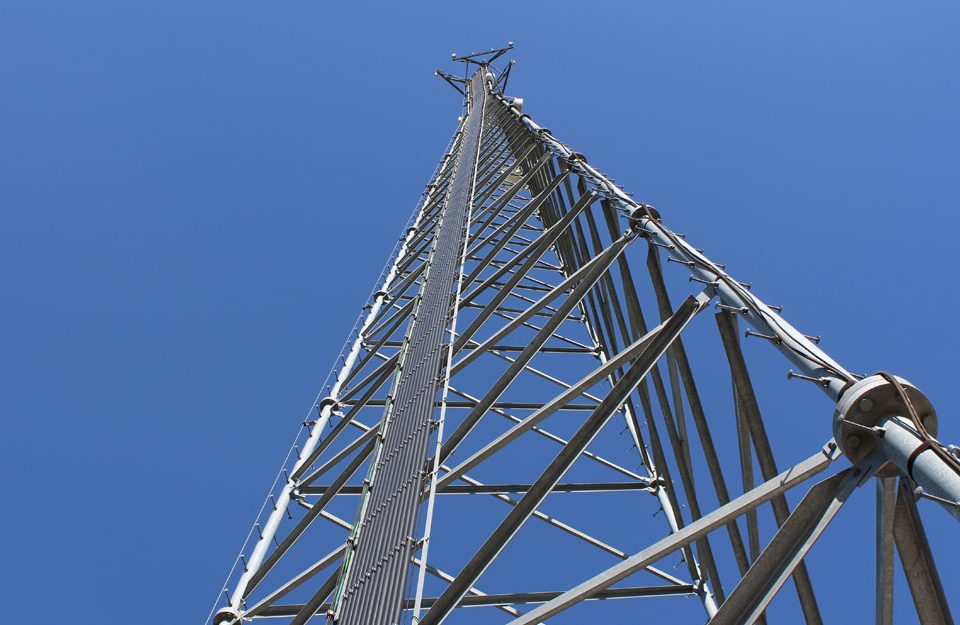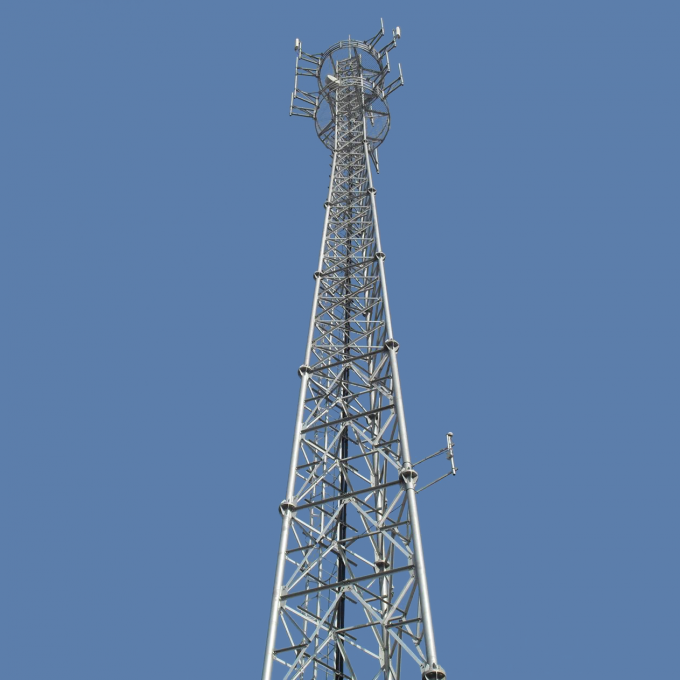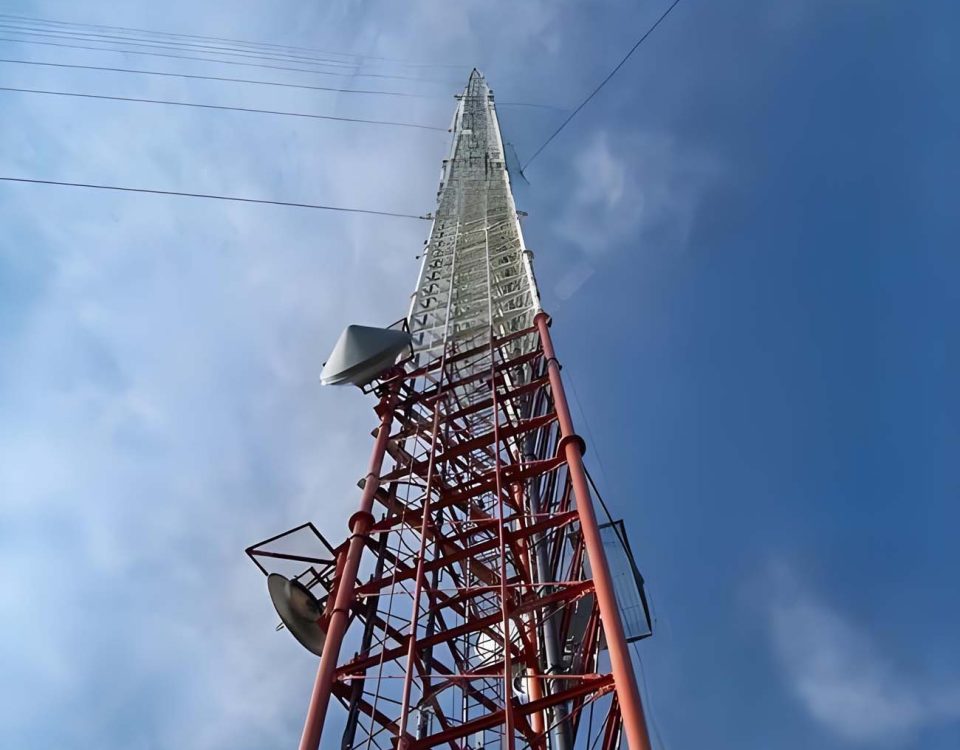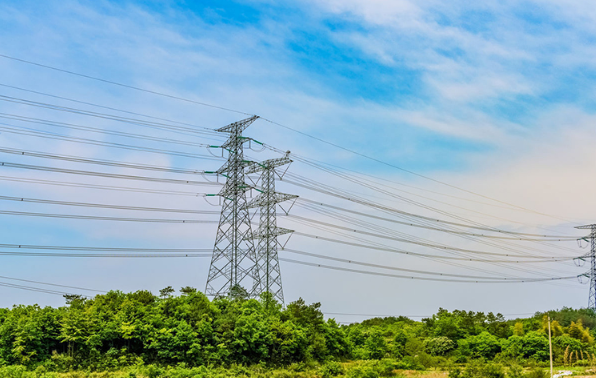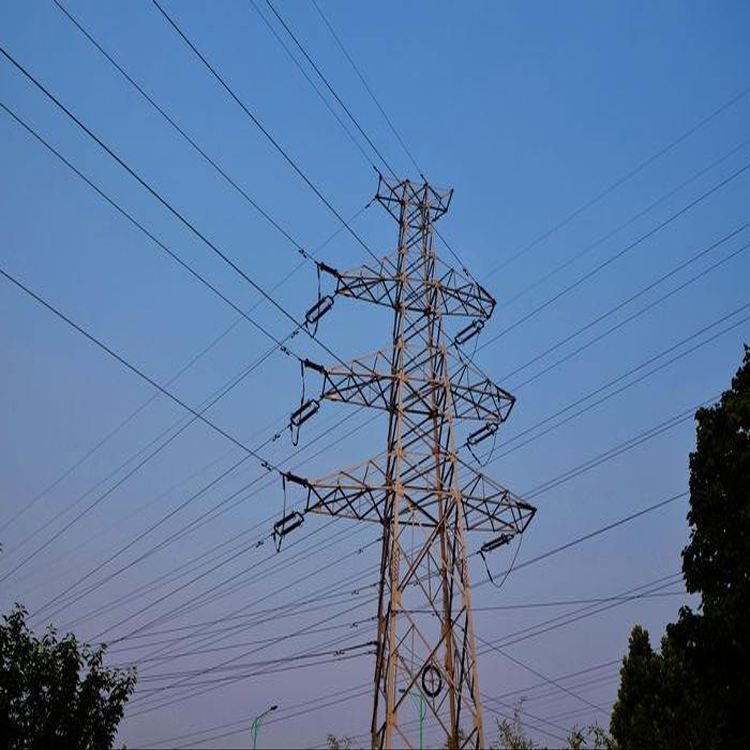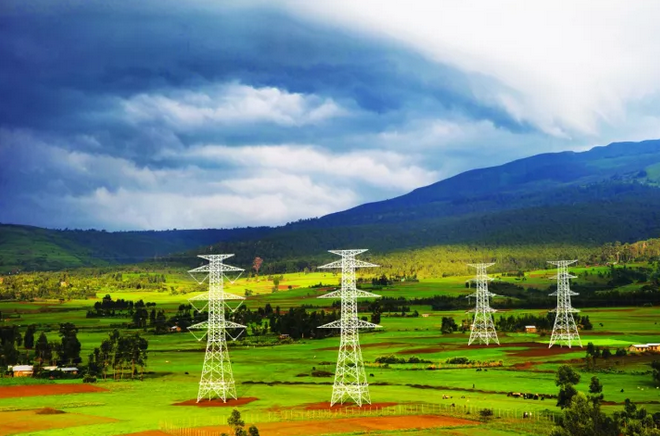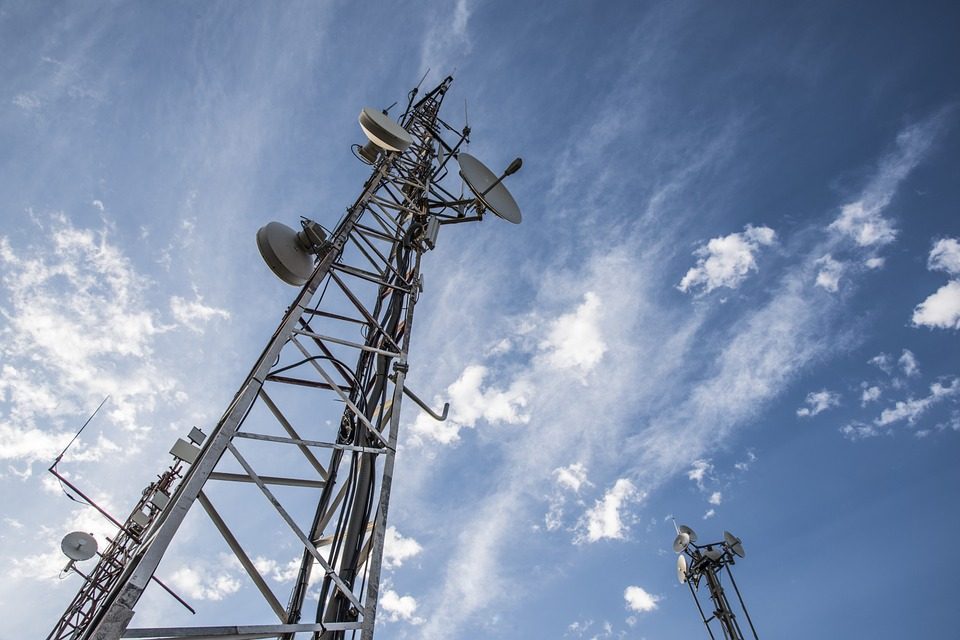
Forest Fire Prevention Monitoring Communication Towers
March 25, 2025Principles of Retrofitting Wireless Base Station Towers
Principles of Retrofitting Wireless Base Station Towers: Design, Implementation, and Optimization
Abstract
The rapid evolution of wireless communication technologies, such as 5G and beyond, has necessitated the retrofitting of existing base station towers to meet new performance demands, enhance structural integrity, and ensure environmental sustainability. Retrofitting involves upgrading towers to support heavier loads, advanced antennas, and improved energy efficiency while maintaining cost-effectiveness and minimizing downtime. This article outlines the core principles of retrofitting wireless base station towers, including structural reinforcement, equipment integration, and compliance with safety standards. Comparative tables analyze retrofitting approaches, materials, and outcomes, providing a comprehensive guide for engineers and stakeholders as of March 22, 2025…

1. Introduction
Wireless base station towers are critical infrastructure for telecommunications, supporting mobile networks that connect billions of users globally. With the advent of 5G, the demand for higher bandwidth, lower latency, and increased device connectivity has outpaced the capabilities of many legacy towers built for 2G, 3G, or 4G systems. Retrofitting these towers—rather than constructing new ones—offers a cost-effective, sustainable solution to adapt to modern requirements. As of 2025, the global telecom industry faces challenges such as aging infrastructure, stricter environmental regulations, and the need for rapid deployment.
This article explores the principles guiding the retrofitting process, focusing on structural upgrades, equipment compatibility, and operational efficiency. It includes design parameters, material considerations, and a comparative analysis of retrofitting versus replacement, offering practical insights for optimizing wireless base station towers in diverse settings.
2. Core Principles of Retrofitting Wireless Base Station Towers
Retrofitting is governed by principles that balance technical feasibility, economic viability, and regulatory compliance. Table 1 summarizes key principles and their objectives.
| Principle | Objective | Key Consideration |
|---|---|---|
| Structural Integrity | Ensure tower stability under increased loads | Wind, seismic, and equipment weight |
| Equipment Compatibility | Support modern antennas and systems | 5G RRUs, MIMO technology |
| Minimal Downtime | Maintain service continuity | Phased upgrades, temporary solutions |
| Cost-Effectiveness | Optimize resource use over replacement | Material costs, labor efficiency |
| Sustainability | Reduce environmental impact | Energy efficiency, material recycling |
| Regulatory Compliance | Meet safety and zoning standards | Local codes, EMF limits |
2.1 Structural Integrity
Retrofitting must reinforce towers to handle additional loads from 5G remote radio units (RRUs), massive MIMO (Multiple Input Multiple Output) antennas, and ancillary equipment. This involves assessing existing foundations, adding braces, or upgrading materials to resist wind speeds up to 40 m/s and seismic intensities of 8°.
2.2 Equipment Compatibility
Modern wireless systems require towers to support heavier, more complex equipment. Retrofitting ensures compatibility with 5G frequencies (e.g., 3.5 GHz, 28 GHz), requiring precise antenna alignment and increased load capacity (typically 200–1000 kg).
2.3 Minimal Downtime
Service continuity is critical during retrofitting. Phased approaches—such as installing temporary antennas or upgrading sections sequentially—minimize disruptions, ensuring network availability for users.
3. Design Parameters for Retrofitting
Retrofitting requires specific design adjustments tailored to existing tower conditions. Table 2 outlines typical parameters.
| Parameter | Range/Value | Purpose |
|---|---|---|
| Height Adjustment | ±5–20 m | Extend coverage or maintain original height |
| Wind Load Capacity | 30–40 m/s | Resist storms with added equipment |
| Load Capacity Increase | 50–500 kg | Support 5G RRUs and antennas |
| Foundation Reinforcement | 20–50% increase | Stabilize under new loads |
| Corrosion Resistance | 30+ years | Extend lifespan with coatings |
3.1 Height and Load Adjustments
While most retrofits maintain original heights (20–100 m), extensions of 5–20 m may be added to enhance coverage. Load capacity increases by 50–500 kg to accommodate 5G equipment, requiring structural analysis using software like STAAD.Pro.
3.2 Environmental Resilience
Towers must withstand wind speeds of 30–40 m/s and seismic forces up to 8° intensity. Retrofitting includes adding guy wires, braces, or upgrading to higher-grade steel to meet these demands.
4. Material Considerations
Material upgrades are central to retrofitting. Table 3 compares options for reinforcement.
| Material | Strength (MPa) | Weight (kg/m³) | Cost ($/ton) | Application |
|---|---|---|---|---|
| Galvanized Steel | 350–550 | 7850 | 800–1200 | Main structure, braces |
| High-Strength Steel | 600–800 | 7850 | 1200–1500 | Critical load points |
| Aluminum Alloy | 200–300 | 2700 | 2000–2500 | Lightweight extensions |
| Carbon Fiber | 1000–2000 | 1800 | 5000–7000 | Specialized reinforcement |
4.1 Steel Upgrades
Galvanized steel (350–550 MPa) remains the standard for retrofitting due to its cost ($800–$1200/ton) and durability. High-strength steel (600–800 MPa) is used for critical sections under heavy loads.
4.2 Lightweight Alternatives
Aluminum alloys (2700 kg/m³) reduce weight for height extensions, while carbon fiber offers exceptional strength-to-weight ratios (1000–2000 MPa) for premium applications, despite higher costs ($5000–$7000/ton).
5. Retrofitting vs. Replacement: Comparative Analysis
Retrofitting is often preferred over replacement, but both approaches have merits. Table 4 compares them.
| Aspect | Retrofitting | Replacement |
|---|---|---|
| Cost ($) | 10,000–50,000 | 50,000–150,000 |
| Time (weeks) | 2–6 | 8–16 |
| Downtime | Minimal (phased) | High (full rebuild) |
| Lifespan Extension | 15–30 years | 30–50 years |
| Environmental Impact | Low (reuse) | High (new materials) |
5.1 Cost and Time Efficiency
Retrofitting costs $10,000–$50,000 and takes 2–6 weeks, compared to $50,000–$150,000 and 8–16 weeks for replacement. This makes retrofitting ideal for budget-conscious upgrades.
5.2 Operational Continuity
Retrofitting’s phased approach minimizes downtime, unlike replacement, which requires a full shutdown, disrupting service for weeks.
5.3 Longevity and Sustainability
Retrofitting extends tower life by 15–30 years, while replacement offers 30–50 years. Retrofitting’s lower material use aligns with sustainability goals.
6. Implementation Strategies
- Assessment: Evaluate tower condition using drones and structural analysis.
- Reinforcement: Add braces, guy wires, or foundation upgrades.
- Equipment Installation: Mount 5G RRUs and antennas with precision alignment.
- Testing: Verify stability and signal performance post-retrofit.
- Maintenance Plan: Schedule inspections to ensure long-term reliability.
7. Applications and Benefits
Retrofitted towers support:
- 5G Deployment: Enable high-speed, low-latency networks.
- Rural Connectivity: Upgrade existing towers in remote areas.
- Smart Cities: Integrate IoT and surveillance systems.
Benefits include reduced costs, faster upgrades, and enhanced network reliability.
8. Challenges
- Structural Limits: Older towers may not support extensive upgrades.
- Regulatory Hurdles: Zoning or EMF compliance may delay projects.
- Technical Complexity: Integrating 5G equipment requires expertise.
9. Future Prospects
- 6G Readiness: Design retrofits for future technologies.
- Green Solutions: Incorporate solar panels and energy-efficient designs.
- Automation: Use AI for structural monitoring and maintenance.
10. Conclusion
Retrofitting wireless base station towers is a strategic approach to modernize telecommunications infrastructure, guided by principles of structural integrity, compatibility, and efficiency. It offers a cost-effective, sustainable alternative to replacement, extending tower lifespans while supporting advanced networks like 5G. Comparative analysis highlights its advantages in cost, time, and environmental impact, making it a preferred choice for 2025 and beyond. By addressing challenges and embracing innovation, retrofitting ensures towers remain vital to global connectivity.


